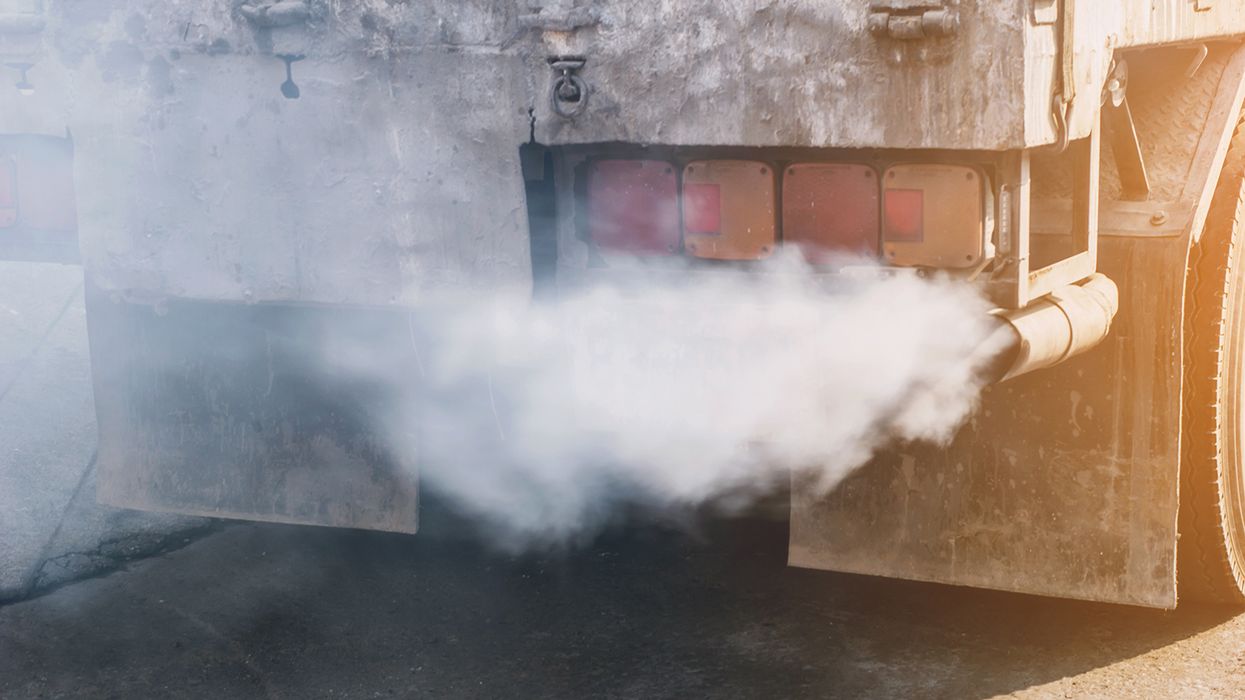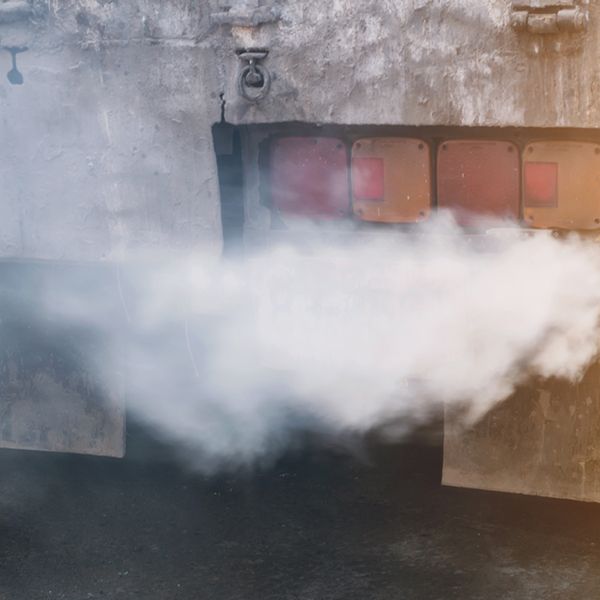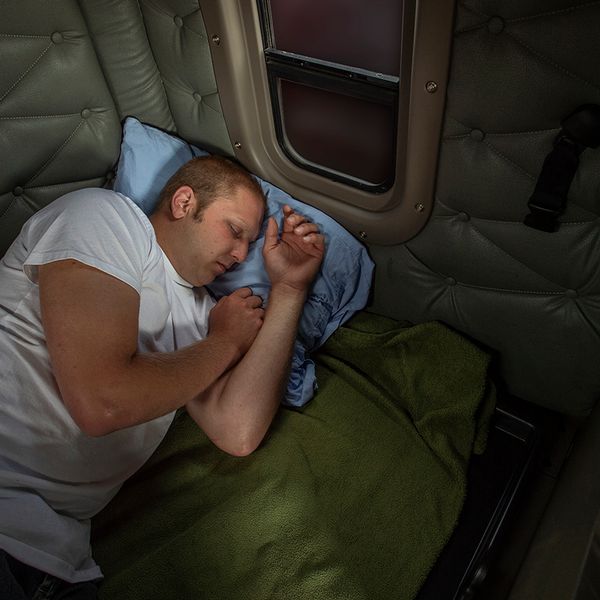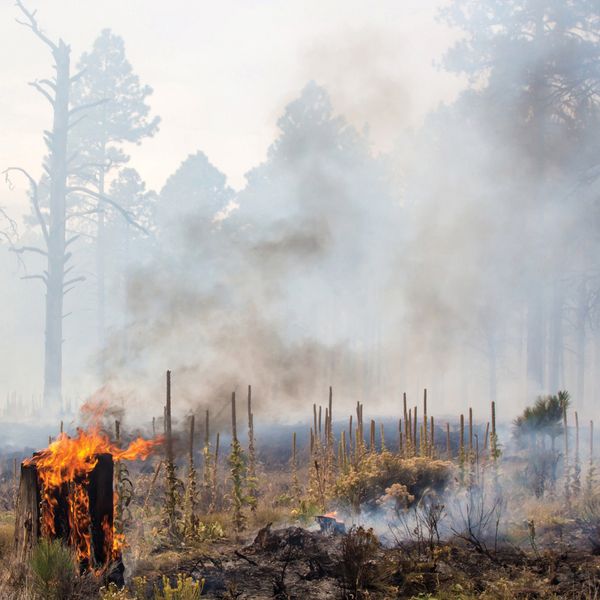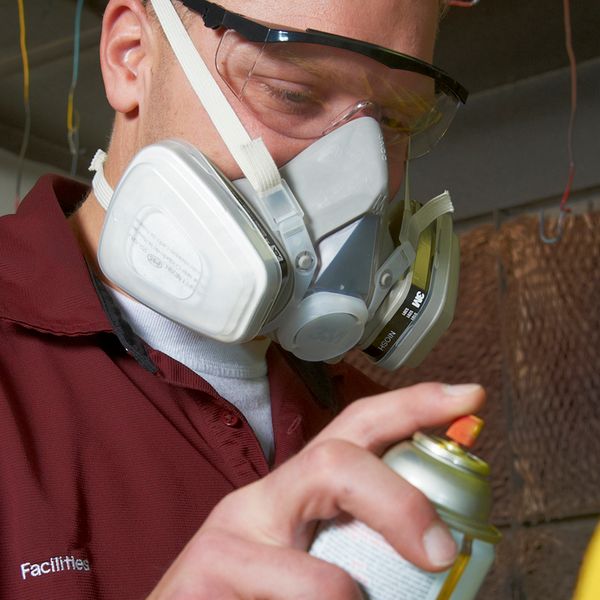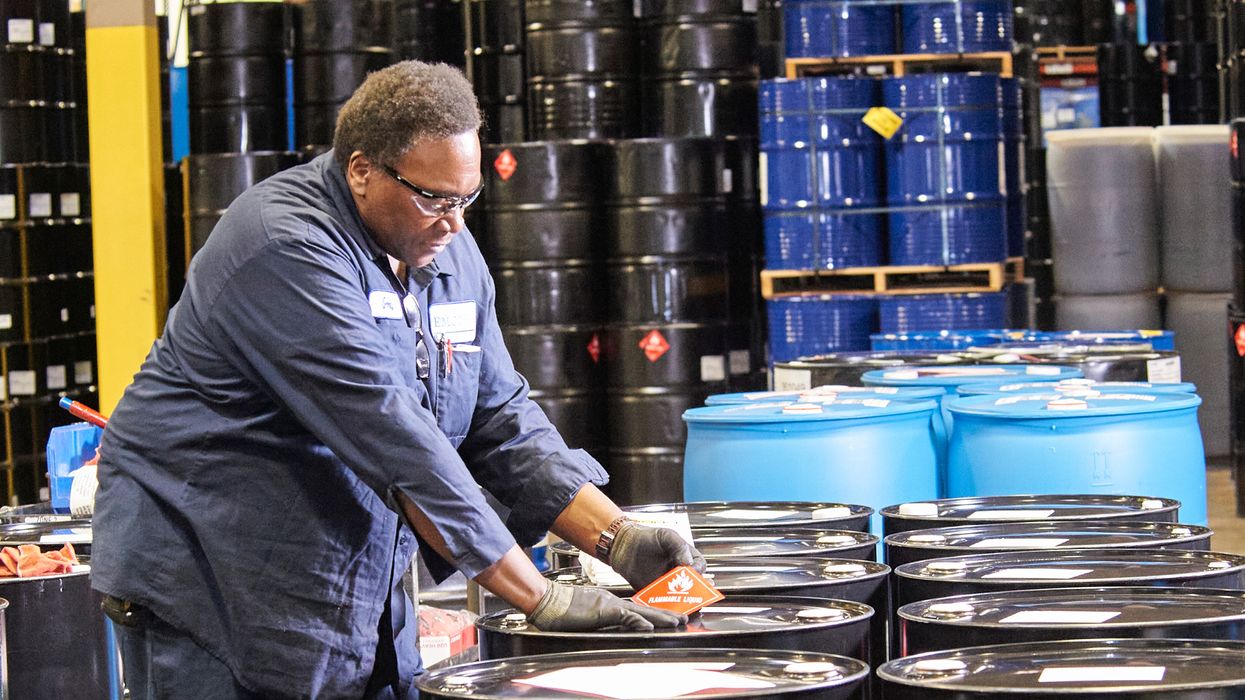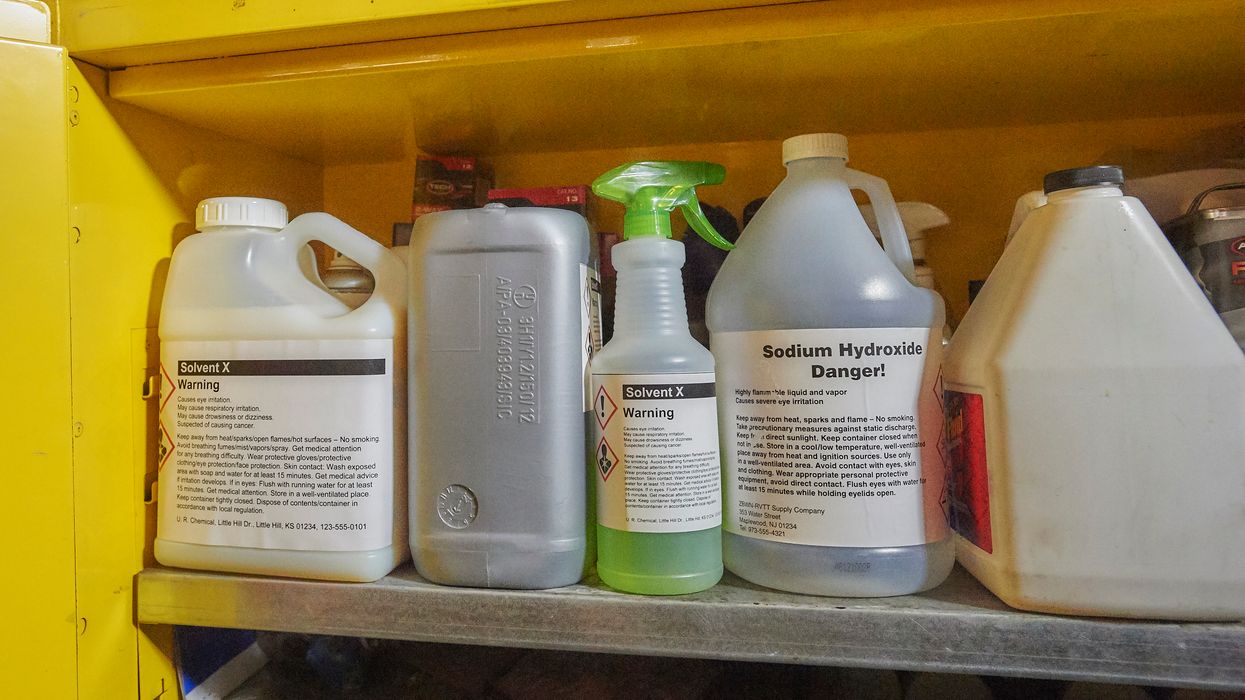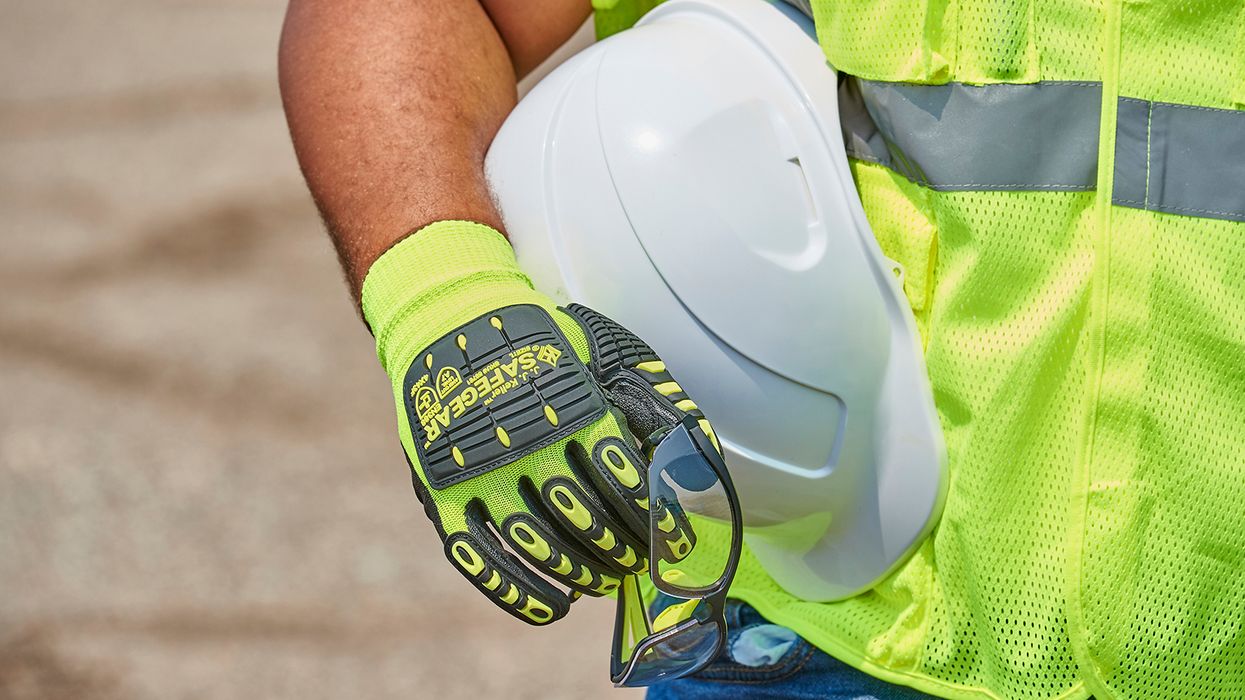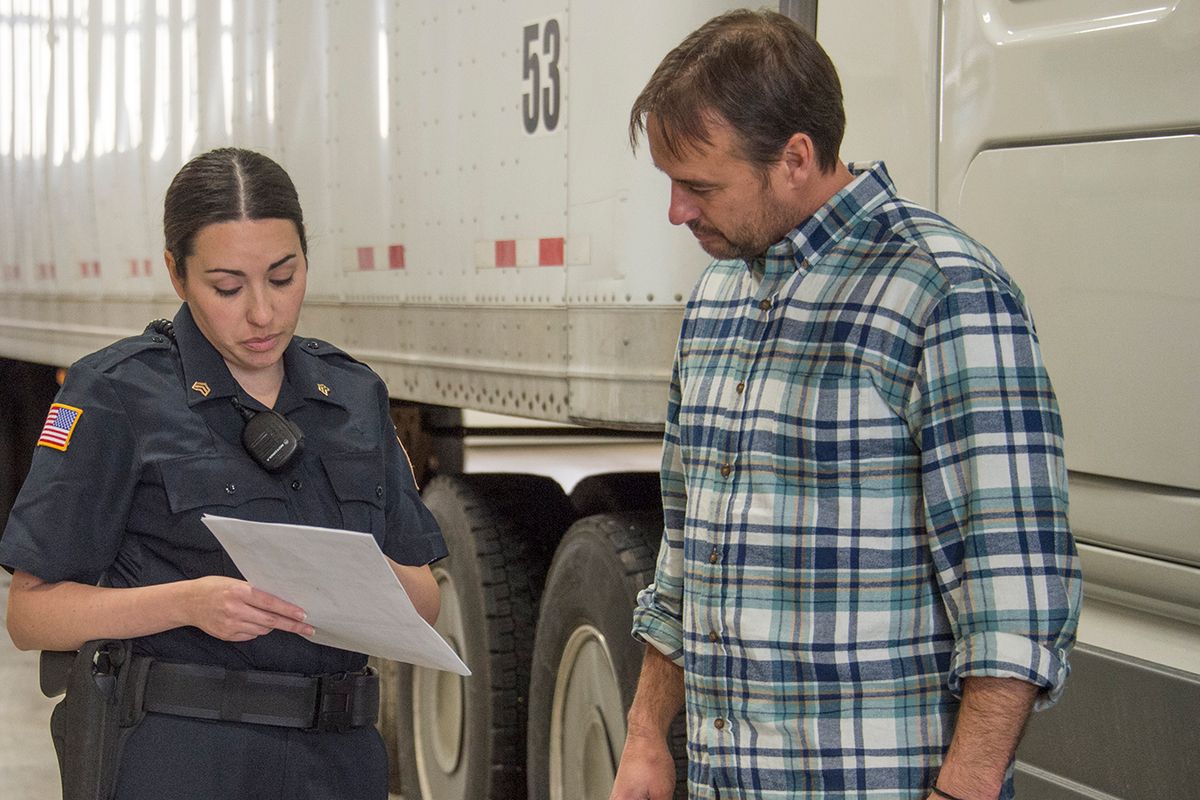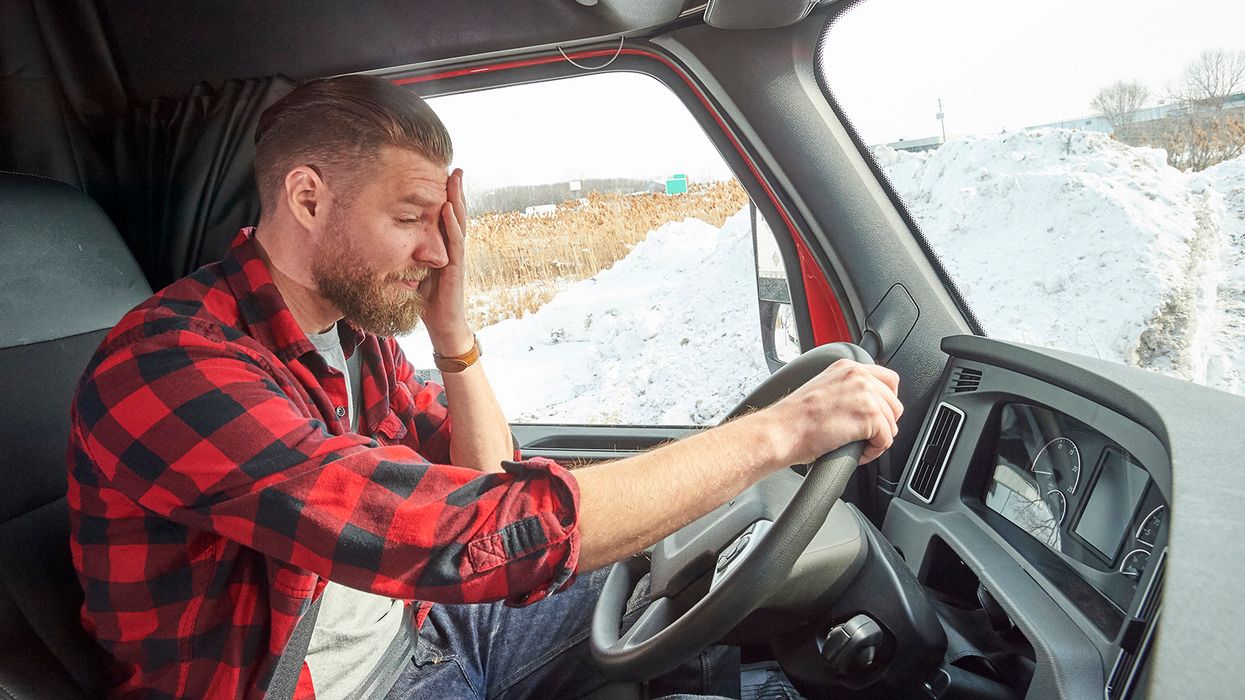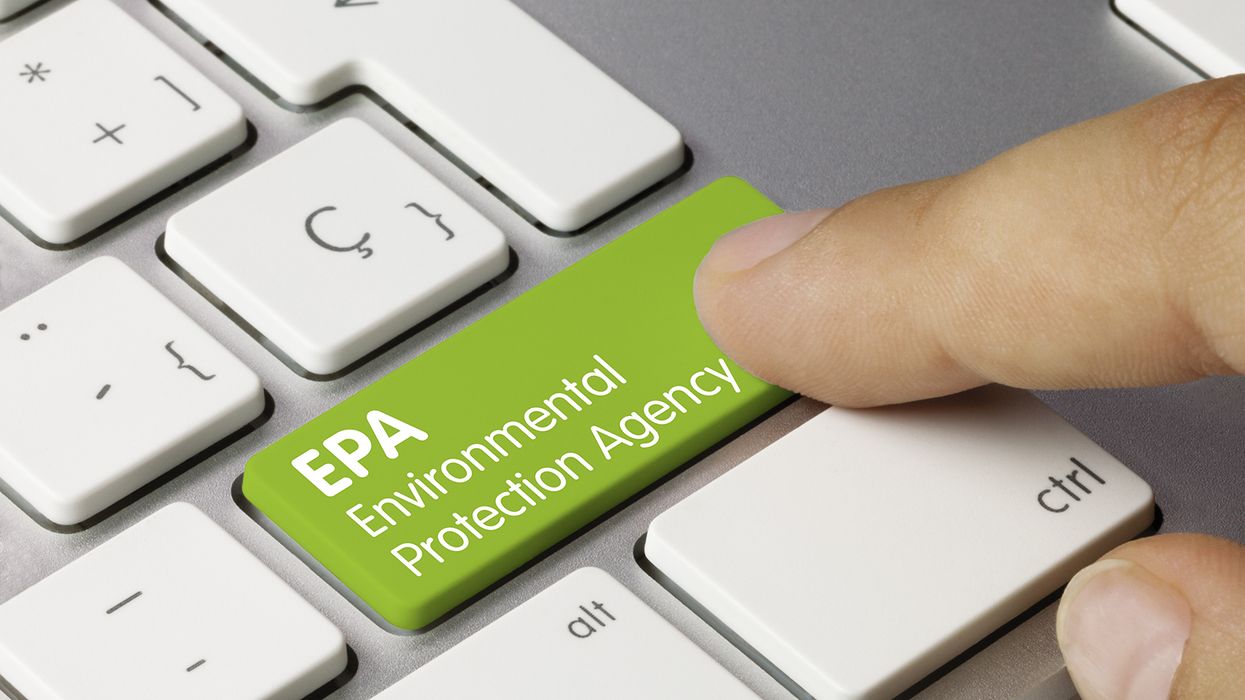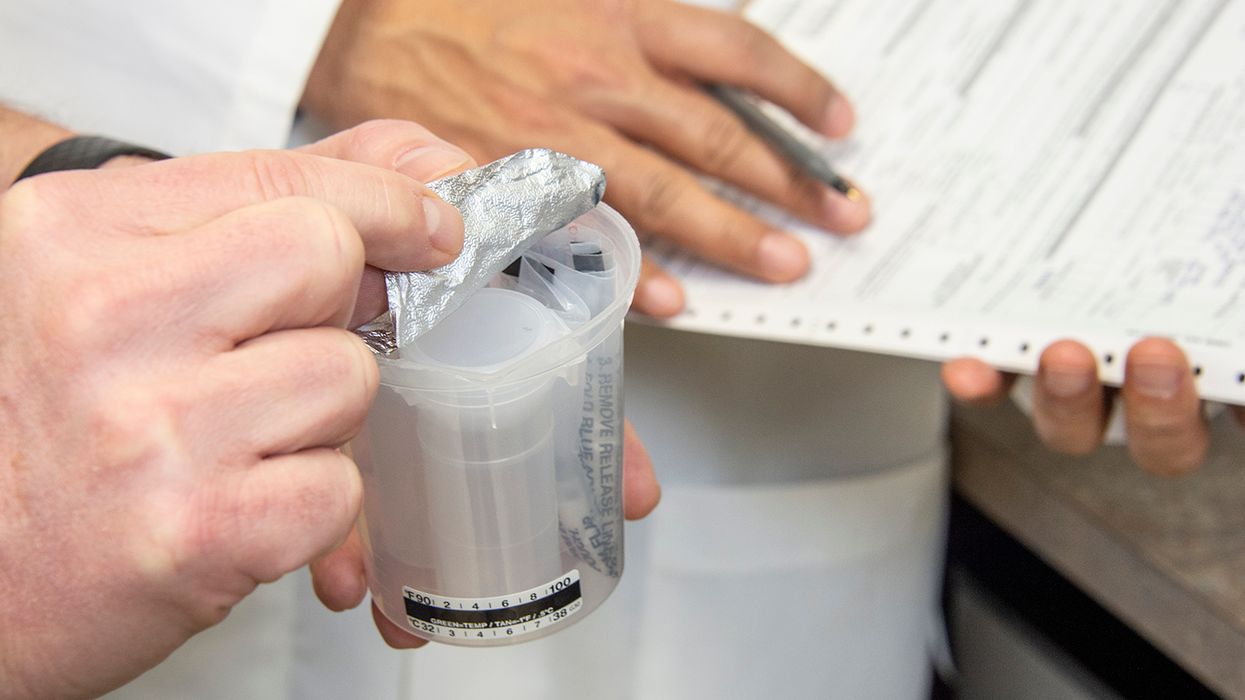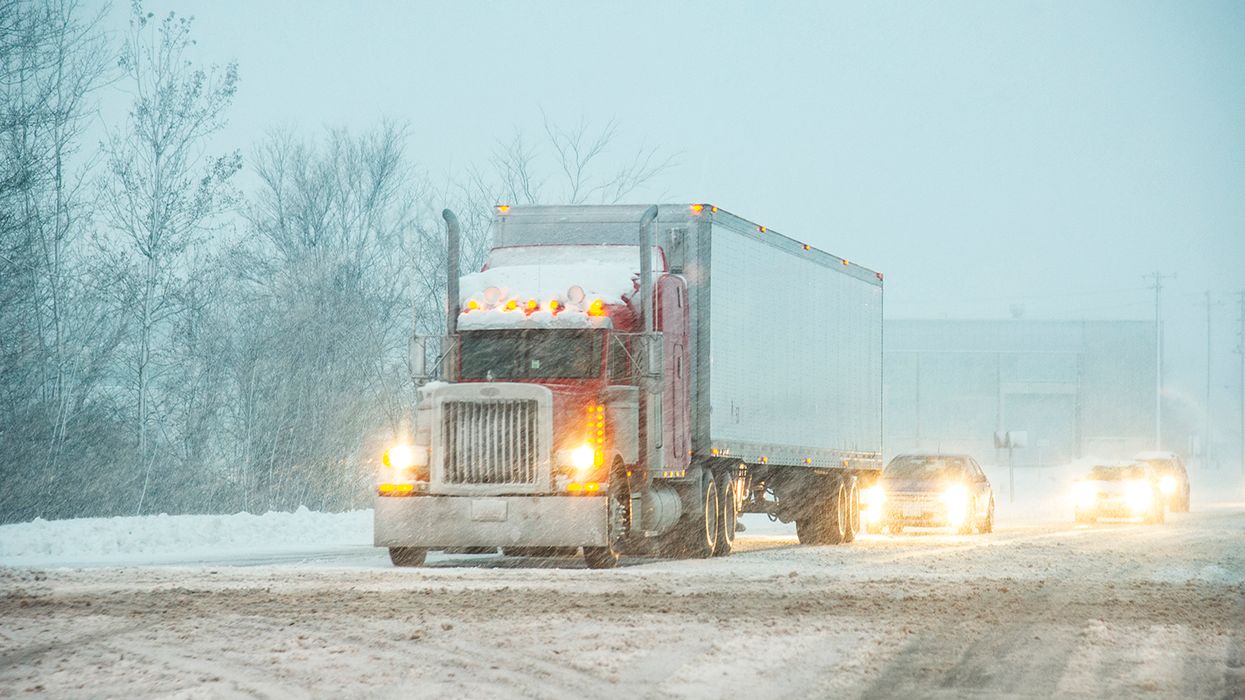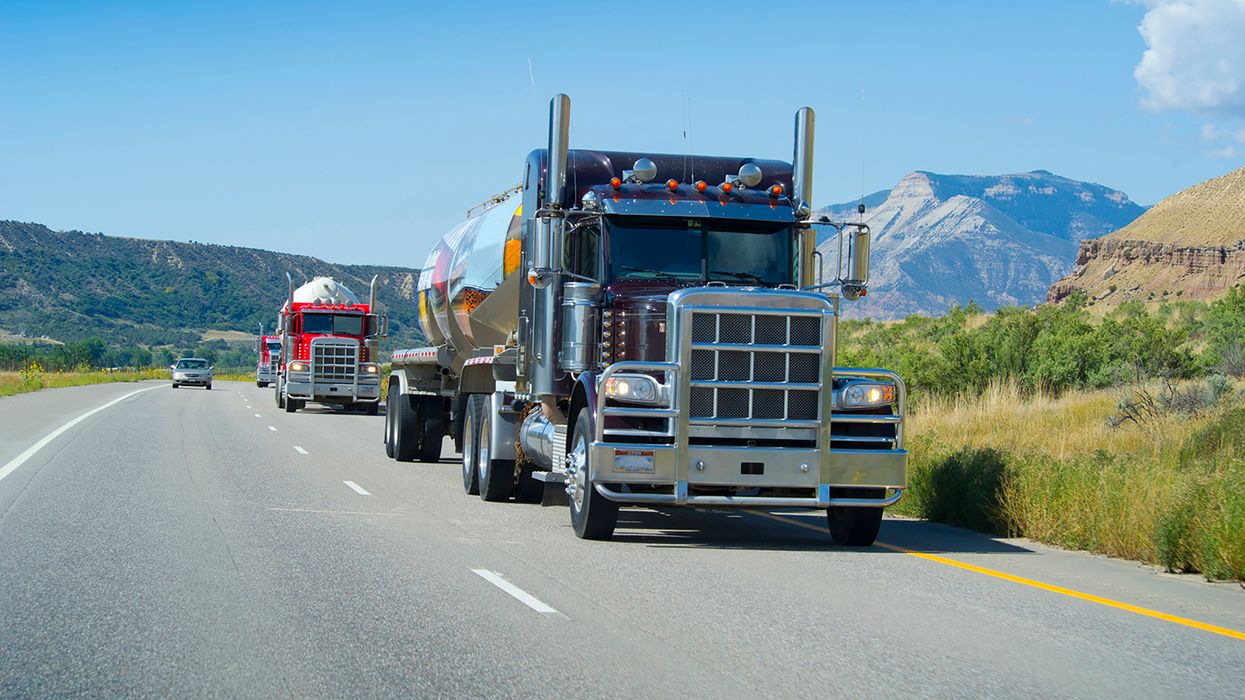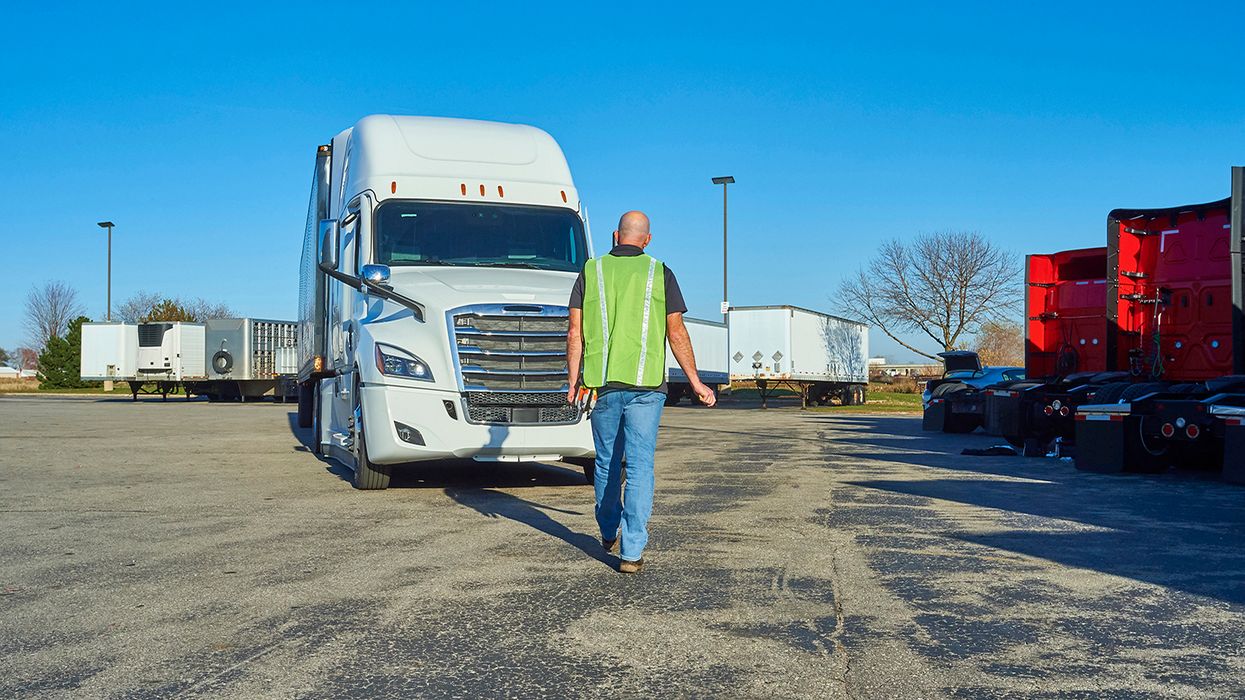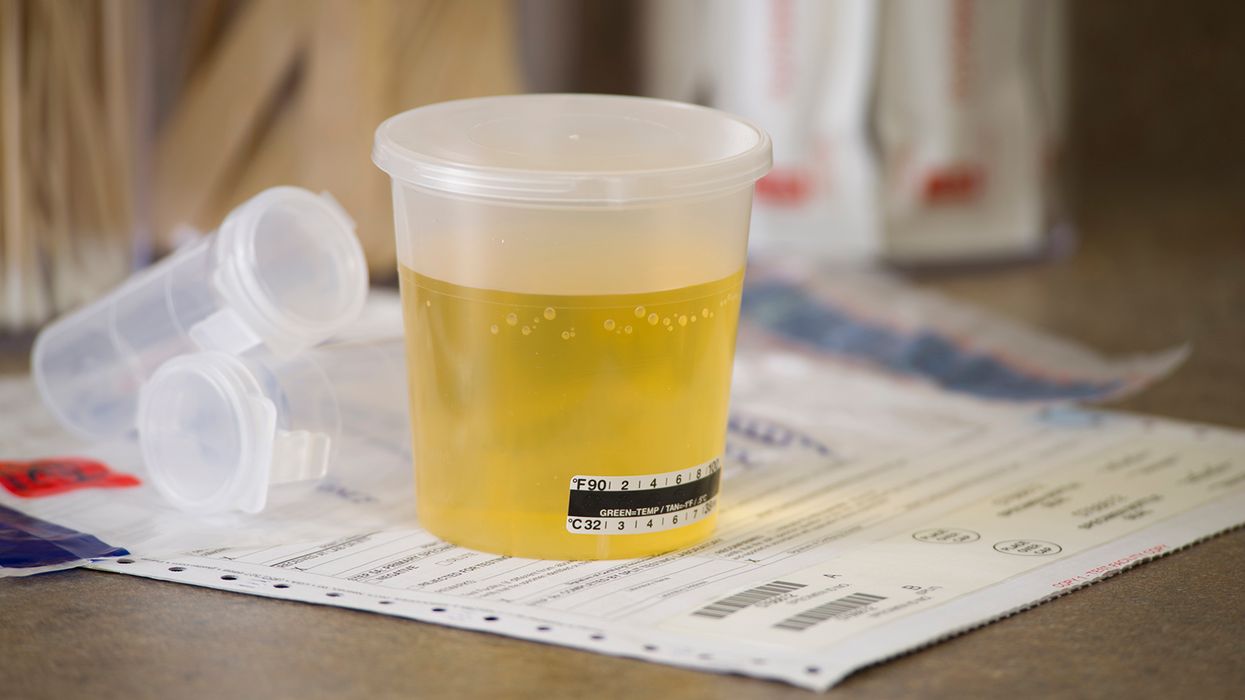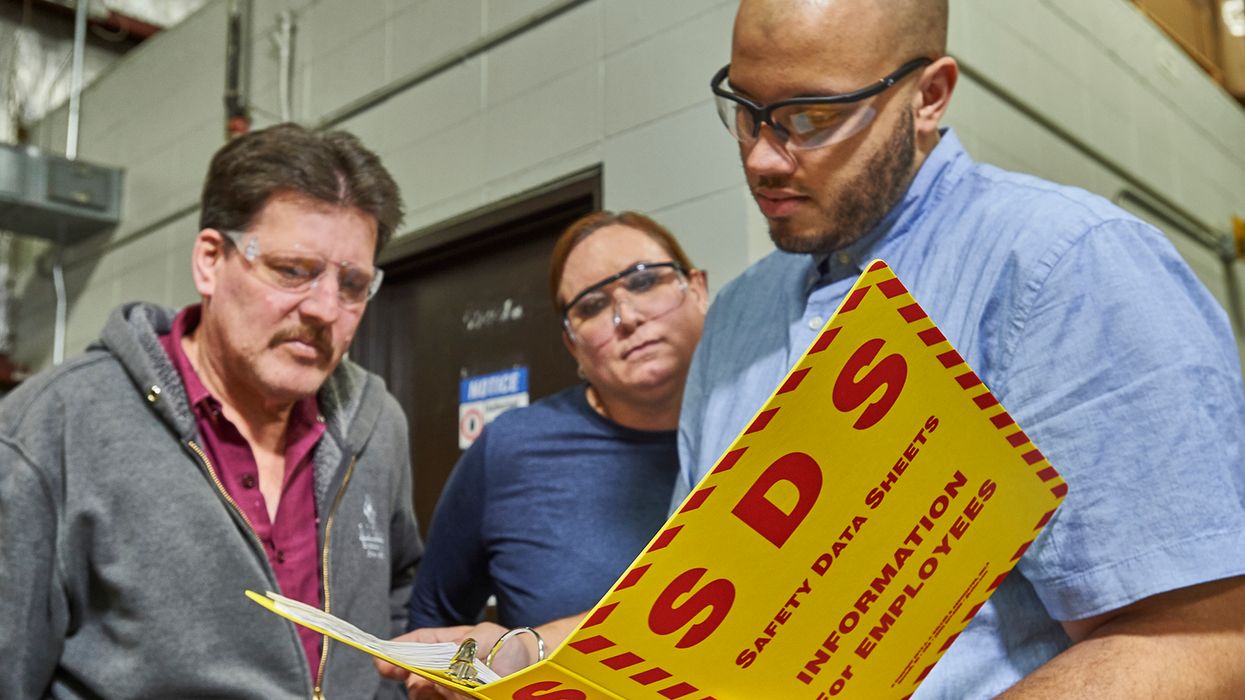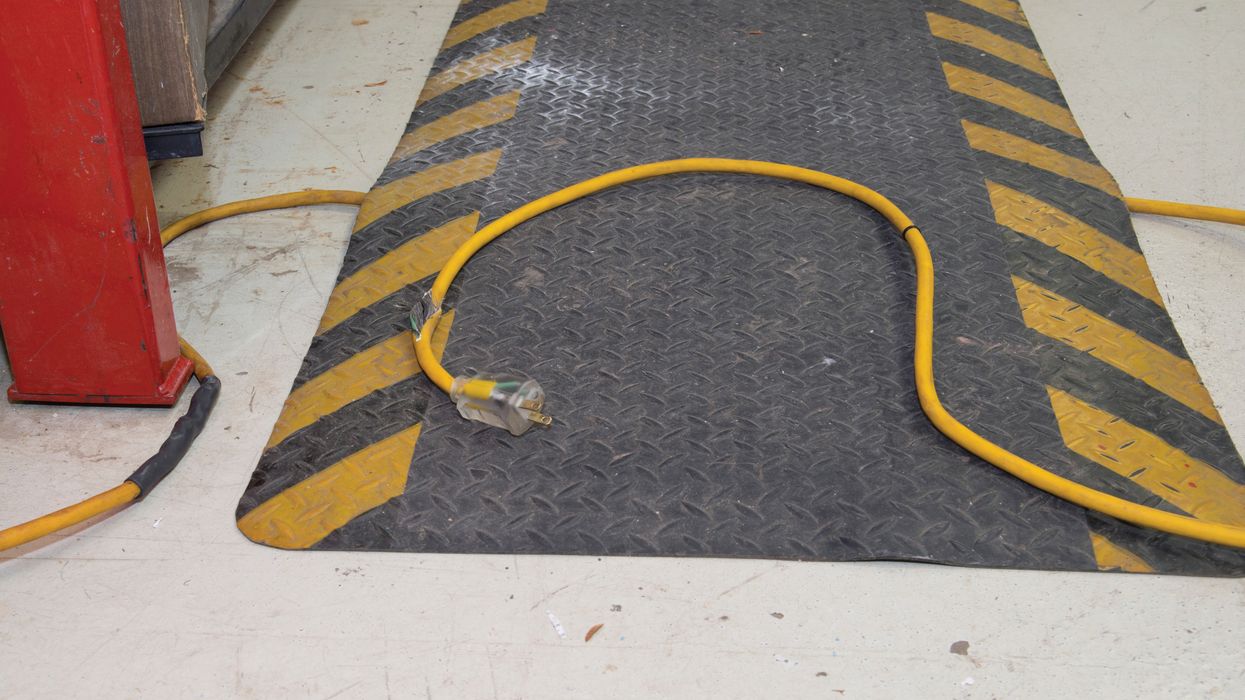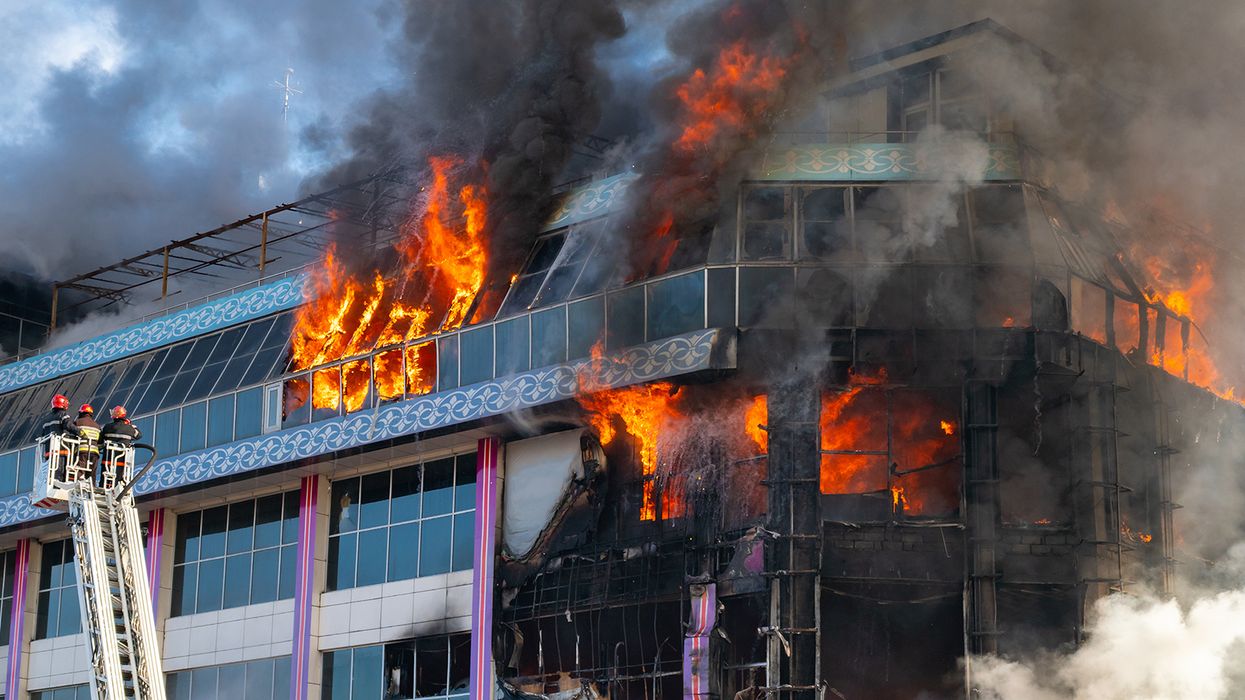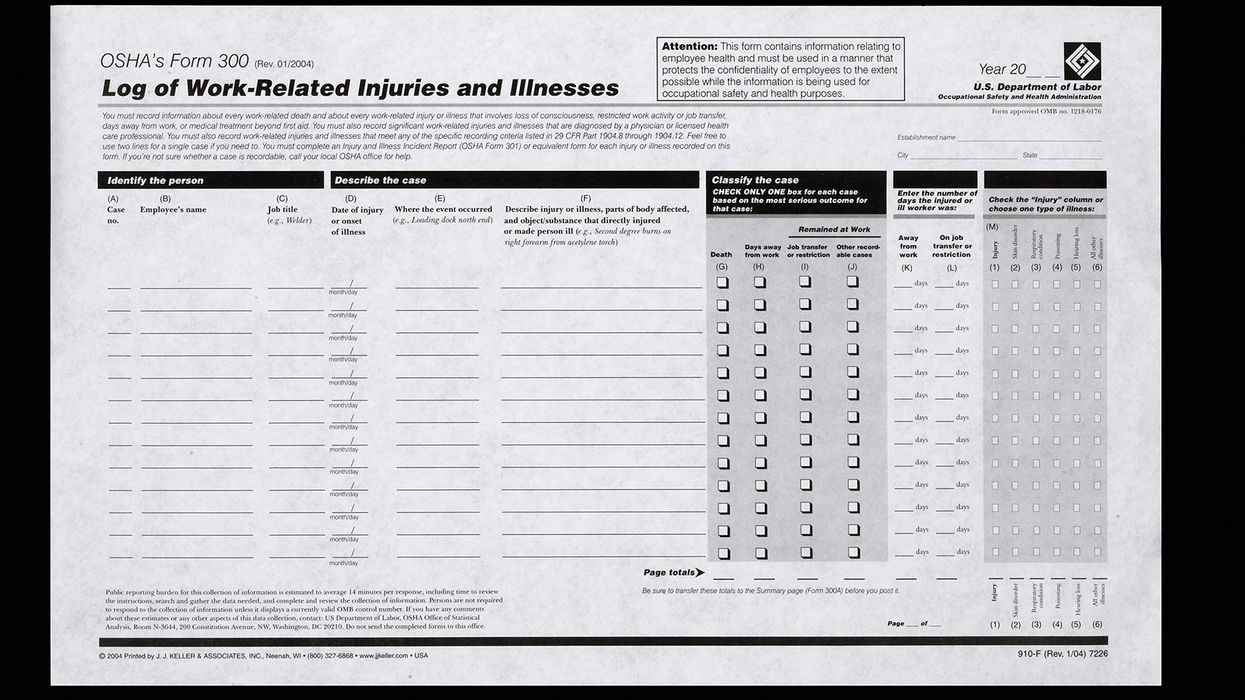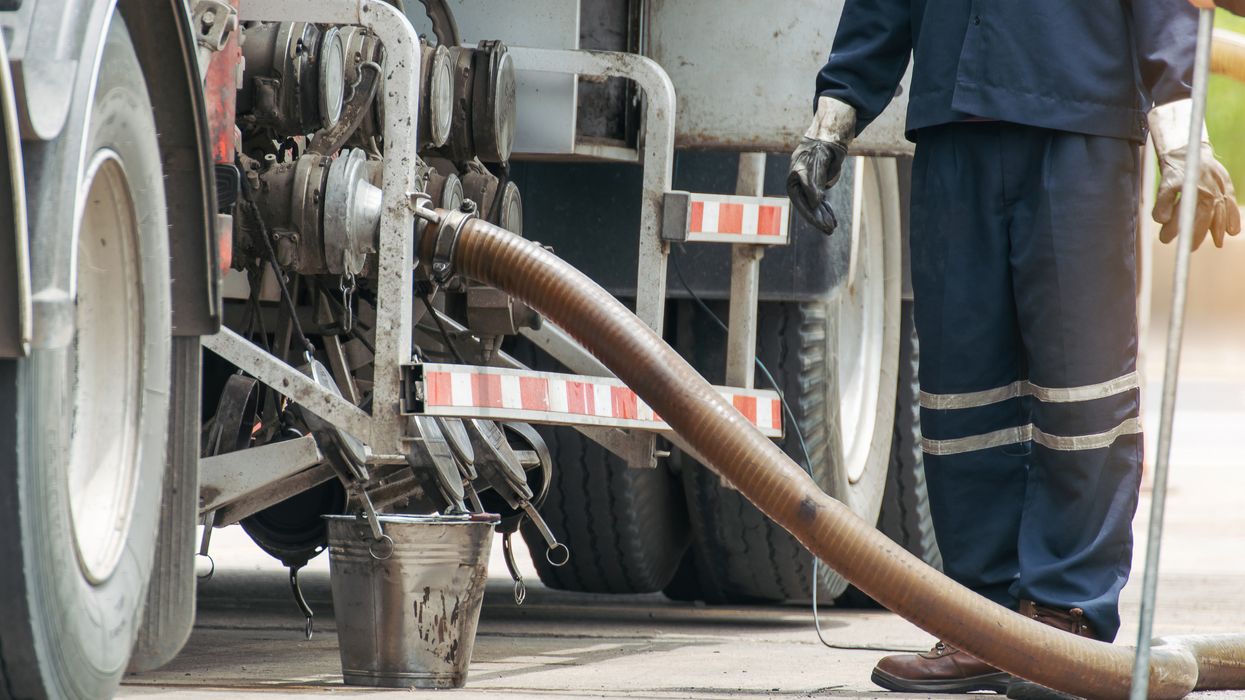Cold weather, hot topic: Protecting workers from CO exposure
As winter approaches, workplaces often seal windows and doors to conserve heat. While this improves energy efficiency, it also reduces ventilation and increases the risk of indoor air quality (IAQ) issues, particularly carbon monoxide (CO) exposure.
Why CO is a serious concern in the workplace
CO is a colorless, odorless, and highly toxic gas produced by the incomplete combustion of fuels such as gasoline, propane, natural gas, and wood. Because it is undetectable, without monitoring instruments, CO is often called the “silent killer.”
Common exposure sources include fuel-powered tools, forklifts, small engines, poorly vented furnaces and boilers, and temporary heating devices. Even brief exposure to elevated CO levels can cause headaches, dizziness, nausea, and impaired judgment, while severe exposure may lead to unconsciousness or death.
To protect employees, OSHA and NIOSH set clear exposure limits, including:
- OSHA Permissible Exposure Limit (PEL): Under 29 CFR 1910.1000 Table Z-1, OSHA establishes a PEL of 50 parts per million (ppm) averaged over an 8-hour workday. Employers are required to monitor and control exposure to remain compliant.
- NIOSH Recommended Exposure Limit (REL): NIOSH advises a more protective limit of 35 ppm as an eight-hour time-weighted average (TWA) and a 200-ppm ceiling for short-term exposure. These recommendations aim to reduce both acute symptoms and long-term health risks.
Steps for reducing CO exposure
Adopting a comprehensive approach that combines engineering controls, administrative measures, and worker education will minimize CO hazards in the workplace. Here are some initiatives to strengthen your program:
- Conduct air sampling in the workplace. Regular monitoring helps identify CO buildup before it becomes dangerous. Use calibrated instruments to measure concentration in areas where combustion equipment operates or where ventilation is limited.
- Install CO detectors in high-risk areas. Place detectors near loading docks, maintenance rooms, and other spaces where fuel-powered equipment or heating systems are used. Ensure alarms are audible, and employees know emergency response protocols.
- Service HVAC systems regularly and consistently. A well-maintained heating, ventilation, and air conditioning (HVAC) system ensures proper airflow and prevents recirculation of contaminated air. Schedule seasonal inspections to check filters, fans, and ductwork.
- Maintain fresh air exchange even in winter. Energy conservation should never compromise safety. Use mechanical ventilation or controlled openings to maintain airflow without excessive heat loss.
- Restrict fuel-powered equipment indoors. Whenever possible, substitute current tools with electric or battery-powered options. If combustion equipment must be used, ensure adequate ventilation and monitor CO levels continuously.
- Inspect other heating systems. Furnaces, boilers, and water heaters should be checked for cracked heat exchangers, blocked vents, or improper combustion that can lead to CO emissions.
- Educate workers on CO hazards and emergency procedures. Provide training that covers symptoms of CO exposure, such as headache, dizziness, and nausea. Emphasize immediate actions that should be taken, like moving to fresh air and reporting exposures.
- Encourage reporting of ventilation issues or symptoms. Motivate employees to speak up about air quality concerns, equipment damage, or health symptoms. Early reporting at the onset can prevent serious incidents later.
Toolbox Talk: Keep the conversation going
Topic: Carbon Monoxide Awareness – At Work and Home (Duration: 5 minutes)
Why It Matters?
Carbon monoxide (CO) hazards don’t stop when the workday ends. Protecting yourself from exposure is a 24/7 responsibility. By understanding where CO comes from, recognizing symptoms, and taking preventive steps, workers can safeguard their health both on the job and at home.
What is CO?
CO is a colorless, odorless, poisonous gas produced by burning fuels such as gasoline, propane, wood, or charcoal. It cannot be seen, smelled, or tasted, making it especially dangerous.
Where is it found?
- At work:
- Near fuel-powered tools (e.g., generators, pressure washers).
- Inside garages or enclosed spaces with running vehicles or forklifts.
- Areas with temporary heaters during cold weather.
- At home:
- Attached garages with running cars.
- Gas stoves, fireplaces, or wood-burning stoves.
- Portable generators used during power outages.
What are the symptoms of CO exposure?
- Headache, nausea, dizziness, fatigue, and confusion.
- Report symptoms immediately at work; at home, move everyone to fresh air and call emergency services.
What are some prevention tips?
- At work:
- Never run engines indoors without proper ventilation.
- Keep vents and exhausts clear of debris.
- Maintain HVAC systems and CO monitors in work areas.
- At home:
- Never use grills, generators, or gas-powered tools inside the house or garage.
- Keep chimneys and vents clean and unobstructed.
- Install CO alarms on every level of your home and test them monthly.
What to do if CO exposure is suspected?
- At work: Move to fresh air, alert your supervisor, and call for medical help.
- At home: Evacuate immediately, call 911, and do not re-enter until cleared to do so.
Key to remember: Winter doesn’t have to mean compromised air quality. By combining engineering controls, regular maintenance, and training, companies can prevent CO incidents, maintain a safe and healthy workplace, and protect workers.

